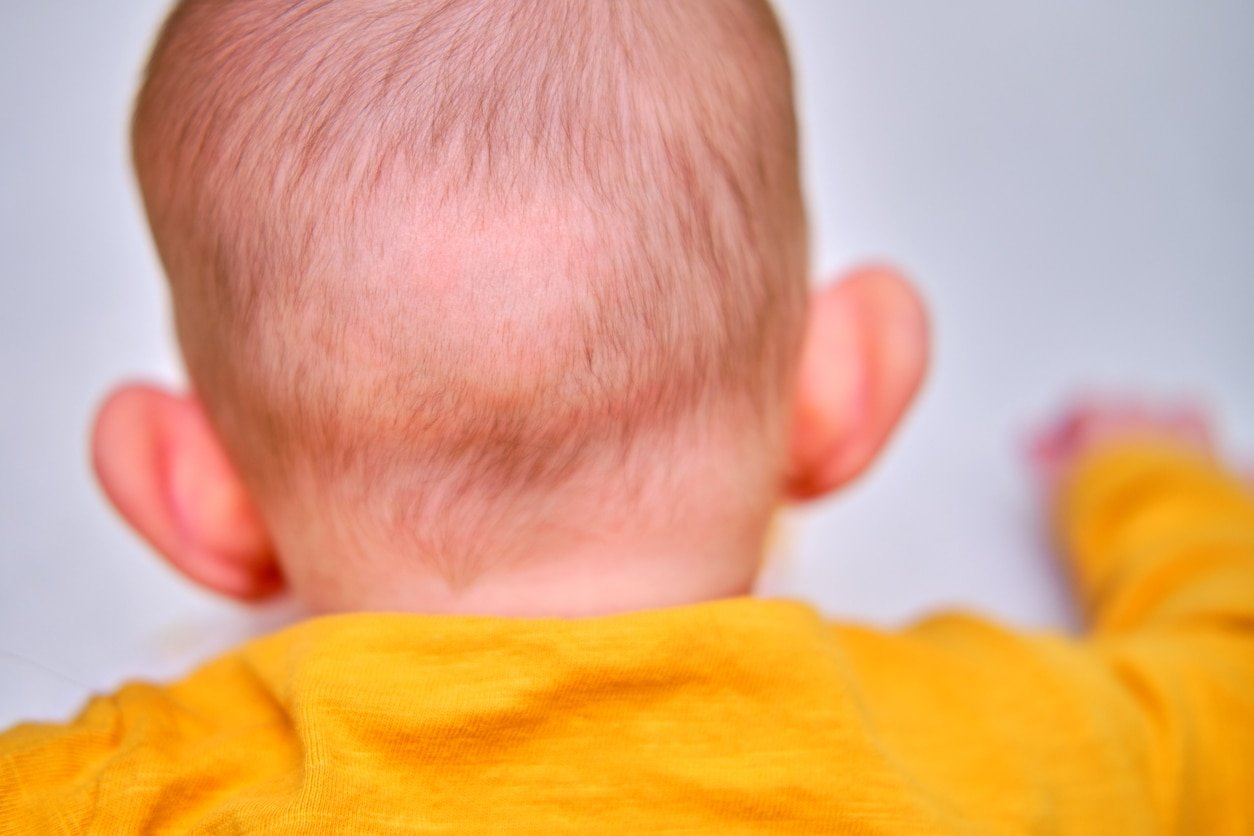You wondered for nine months what your baby would look like, their hair and eye color, and whether they got your nose. My husband and I are both fair-haired, so when our baby came out, he first said, “Her hair is black!” We were surprised but quickly grew accustomed to and fond of her appearance.
Then her hair started falling out and changing color and texture, and we wondered whether to be concerned. Later, we learned that baby hair loss is common and is sometimes called transient neonatal hair loss. But why does it happen, and when will they stop losing their hair?
What is Baby Balding?
Baby balding, or “transient neonatal hair loss,” may also be called “neonatal occipital alopecia” and can be lumped in with other benign and fleeting skin conditions of a newborn, such as newborn rash, baby acne, and cradle cap. In all these infant skin conditions, there is no underlying disease causing the symptoms. They all occur in very young infants, are not accompanied by other concerning symptoms, are not severe, and resolve quickly on their own.1
Like baby acne, baby hair loss looks more concerning than it actually is. While it might bother you, trust that it does not irritate your baby and is best left alone.
Phases of Hair Growth
At any given point during the hair growth cycle, about 85 percent of hair follicles are growing, 1 percent of follicles are truncating, and 14 percent rest. The hair falls out at the end of the resting phase, which lasts 2-3 months, and the follicle starts over with growing new hair. Hairs in the resting phase are much more lightly anchored to the scalp and easily plucked or removed if rubbed, brushed, or pushed out by a new hair.2
Is Baby Hair Loss Normal?
Mostly, baby hair loss is a normal part of neonatal development. It is self-limiting and nothing for a parent to be concerned about. There are, however, a few types of infant balding that are not as common or normal.
Babies and children who are very sick, immobile, or hospitalized may experience a different kind of baldness called pressure alopecia, resulting from not being able to move often on their pillow. If these children are appropriately cared for and turned or repositioned often, their bald patches will regrow and not cause scarring.1
Babies born via a traumatic vaginal delivery can experience swelling of the scalp, called caput succedaneum. Sometimes a ring of baldness forms around the area of swelling called a “halo scalp ring.” This is not quite the same as normal baby balding, but it usually resolves like typical baby balding.1
Why Do Babies Bald?
Newborns convert most of their hair follicles to the resting phase soon after birth. When the resting phase is complete, many of their hairs fall out at once, which results in balding.2
Baby baldness often occurs in patches at the back of the head because the hairs on the scalp’s front, top, and sides are shed and regrown before delivery. However, the hairs at the back of the head wait to convert to the resting phase until full-term, then they nearly all convert at once. This means they will all shed simultaneously in 2-3 months, resulting in a bald spot at the back of the head.1
Because infant bald patches most often occur at the back of the head, experts initially thought the balding was due to friction on the back of the head from the baby’s sleeping position. When babies sleep on their backs, the back of their heads may rub against the mattress, which would theoretically rub off their hair and create a bald spot. We had a mechanical bassinet for my daughter, so I thought maybe that was making her bald spot worse because it moved her back and forth throughout the night, rubbing her head against her sheet.
However, when safe sleep recommendations changed from belly to back to prevent sudden infant death syndrome in the 1990s, there was no increase in the prevalence of infant hair loss at the back of the head. This suggests something other than friction and rubbing causes hair loss in infants.1
While friction and pressure can speed up the shedding of hairs already in the resting phase of hair growth, these factors do not cause balding—the shedding hairs were “loose” to begin with.
When Does Baby Hair Loss Happen?
Infants who lose their hair usually start shedding between 2-3 months of age, with the average onset of baby balding at 2.8 months. Hair is typically restored in 6.5 months.3
For a long time, experts thought this supported the friction theory. Six months is about when babies start sitting upright and putting less pressure on the back of their heads throughout the day. It makes sense why experts believe that pressure causes hair loss since hair loss resolves around the same time that pressure and friction on the back of the head naturally decrease.
Does Every Baby Experience Hair Loss?
Not every baby will experience noticeable hair loss. One Korean study showed that about 20 percent of babies experienced noticeable occipital hair loss or balding at the back of the head. This does not mean other babies did not experience hair loss, but perhaps they have enough hair in the growing phase to disguise or cover the hair loss.3
While any infant can develop bald spots and all infants lose at least some of their hair, noticeable hair loss is most common in certain groups. One study showed that baby balding is more prevalent in:3
- Caucasian or fair-skinned infants
- Babies born to younger mothers (under age 35)
- Babies born via vaginal delivery
- Full-term infants
Is Baby Hair Loss Preventable?
We cannot do much to prevent or treat baby baldness. It is a normal part of newborn hair development and will pass rather quickly on its own. I remember buying a silk bassinet sheet to decrease the hair my daughter lost as a baby, but it likely did not make much difference. She still had a bald spot at the back of her head!
Tummy time and changing baby positions while the baby is awake and supervised, are essential activities in infant development, but these interventions also probably do not decrease newborn hair loss. The hair will shed whether it is rubbed off or left alone.
Because there is no relationship between sleep position and the onset of infant hair loss, it is vital always to put your baby on their back to sleep. Placing your baby on their stomach or side to sleep can be tempting, but this will not affect hair loss and, more importantly, is not a safe sleep position for a newborn.1
It might bother you to see bald spots on the back of your baby’s head. You might worry that something you are doing is causing the baby hair loss, or it might look uncomfortable. However, the bald spots don’t bother your baby, they cannot feel them, and they don’t even know it is there. The baldness is not your fault, and you can do nothing to prevent it. Instead, embrace the bald spots and remember that hair loss is temporary. This will be in the rearview mirror before you know it, and you will look back at pictures and maybe even think it was cute!

 PARENTING TIPS
PARENTING TIPS







 PREGNANCY
PREGNANCY








 BABY CARE
BABY CARE








 TODDLERS
TODDLERS








 TEENS
TEENS
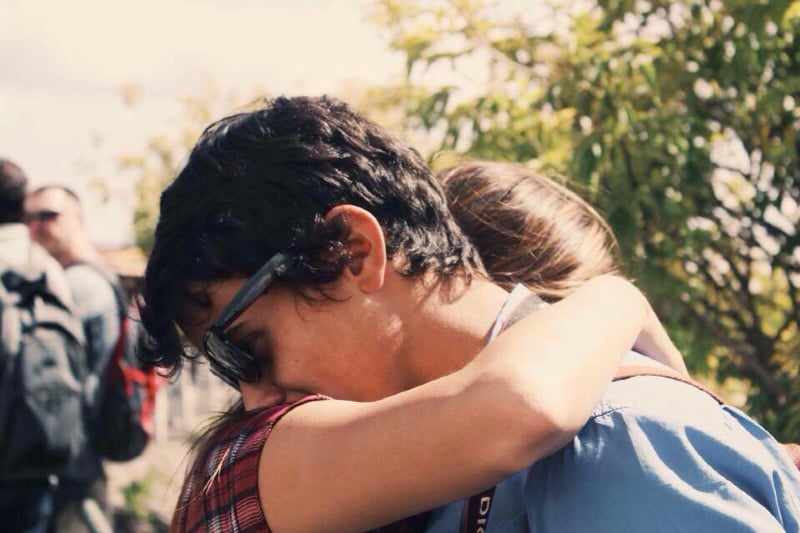





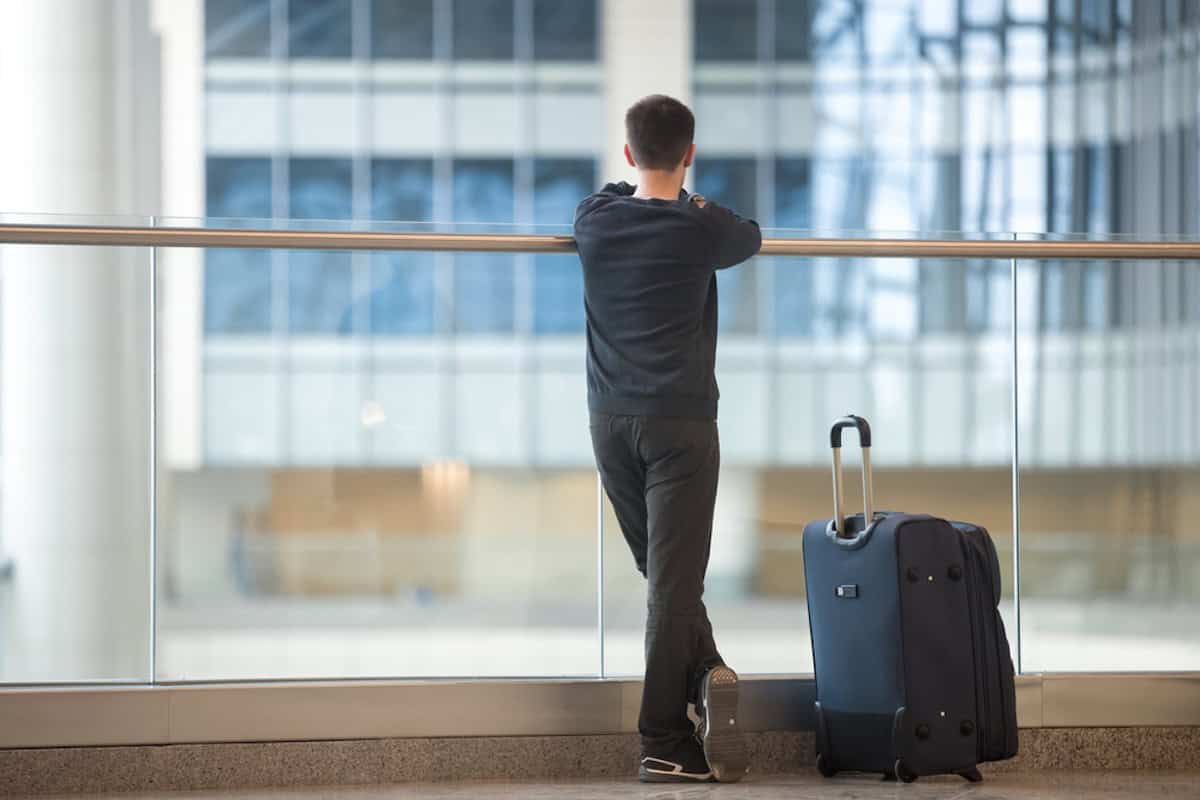

 HEALTH CARE
HEALTH CARE

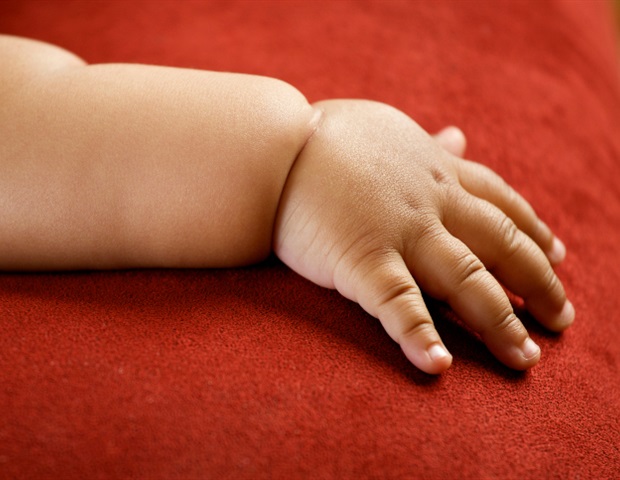




 ACTIVITIES & CRAFTS
ACTIVITIES & CRAFTS







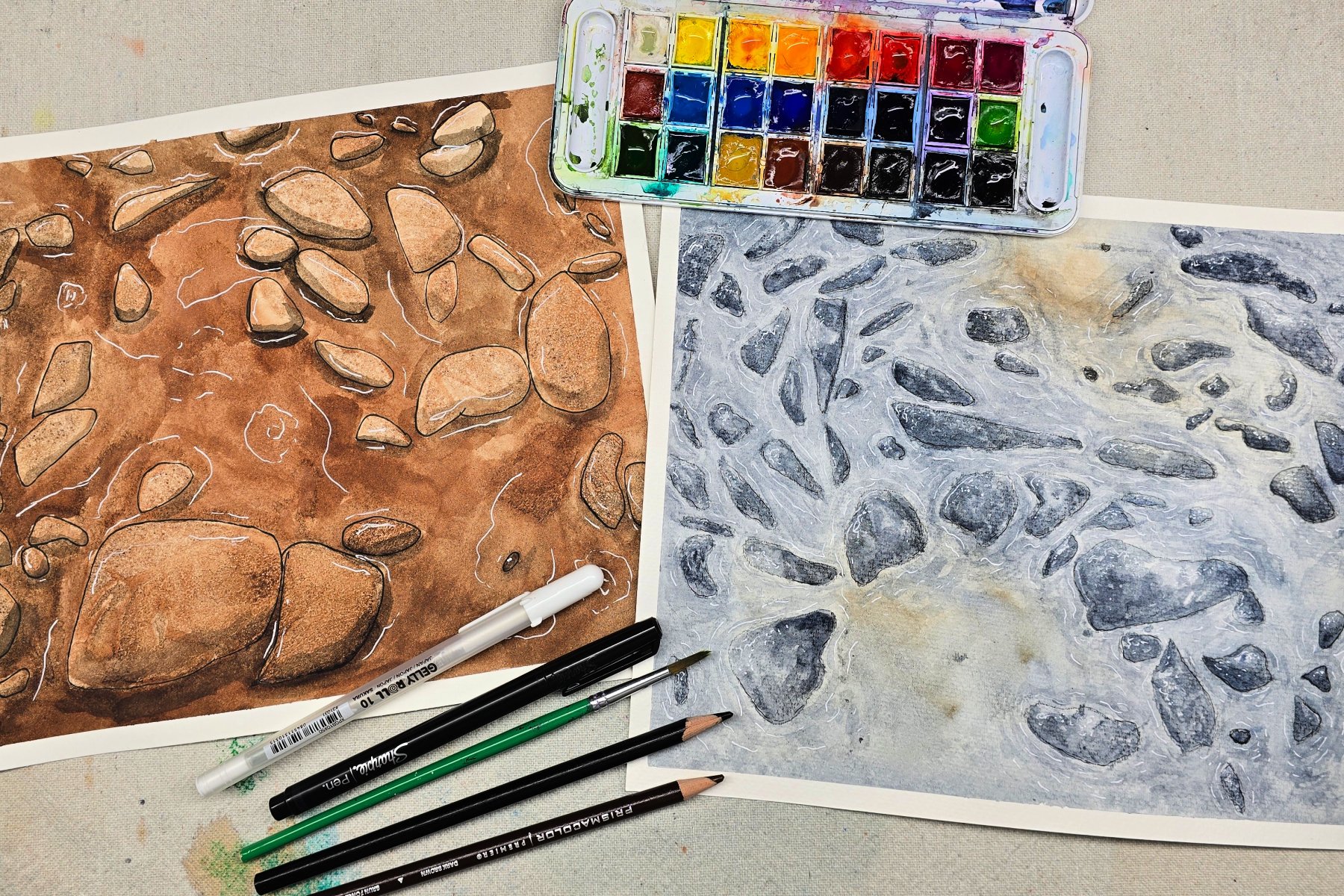
 CONTACT
CONTACT ABOUT
ABOUT